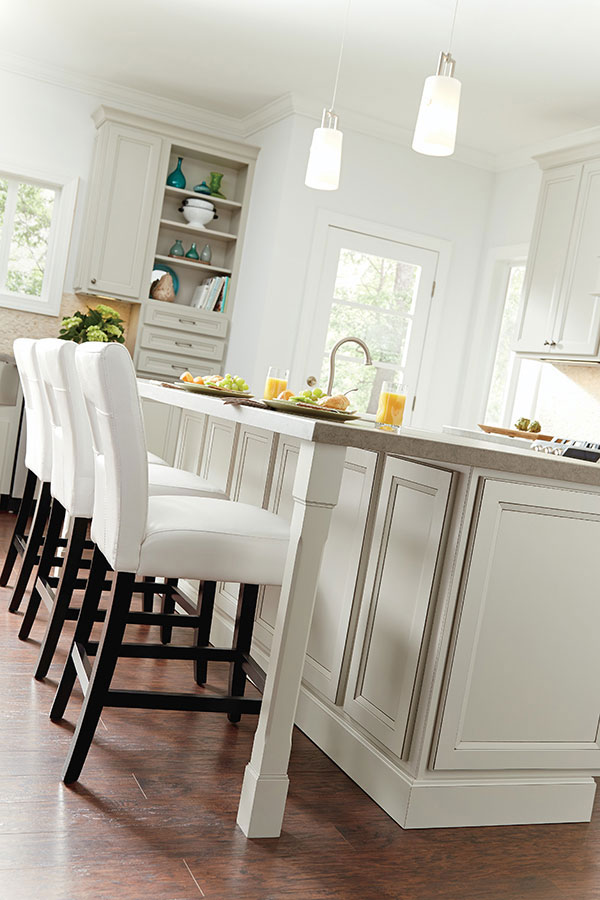Ingenious and Stylish Designs in Modern Legs For Kitchen Island Solutions
Ingenious and Stylish Designs in Modern Legs For Kitchen Island Solutions
Blog Article
Vital Variables to Think About When Choosing Legs For Kitchen Area Island
Picking the ideal legs for a kitchen area island includes a careful evaluation of several factors that can significantly influence both functionality and aesthetic appeal. As we check out these elements, it ends up being clear that each choice can have far-reaching ramifications for the general kitchen experience.
Material Options
When selecting legs for a kitchen area island, understanding the various material options is essential for attaining both visual appeal and structural honesty (Legs For Kitchen Island). The option of product considerably influences not just the longevity of the island however also its overall style and capability
Timber is a preferred option, providing heat and adaptability. Solid hardwoods, such as oak or maple, offer toughness and can be stained or painted to match the cooking area style. Metal legs, often made from stainless-steel or functioned iron, contribute a modern-day and industrial feeling while making certain resilience and security. These materials are resistant to use and can support considerable weight, making them perfect for larger islands.
One more option is crafted materials, like MDF or plywood, which can be much more cost-effective while still using a series of surfaces. Nonetheless, they might not supply the exact same level of security as solid timber or steel. Lastly, products such as acrylic or glass can create a contemporary look, though they may need added support to ensure security.
Inevitably, the option of product for cooking area island legs should align with the preferred functionality and the overall theme of the cooking area.
Style and Design

When taking into consideration design, the shape and surface of the legs are crucial. Conical legs can supply a feeling of lightness and beauty, while thicker, much more durable legs can convey stamina and security. Additionally, the finish-- be it painted, discolored, or natural-- ought to match the cabinets and kitchen counter materials to produce a unified look.
Furthermore, the layout of the legs can additionally mirror individual preference. Custom or attractive legs, such as those including elaborate carvings or one-of-a-kind geometric forms, can act as centerpieces, adding personality and individuality to the cooking area. Inevitably, the ideal option will not just boost capability yet likewise elevate the visual allure, making the kitchen island a standout function of the home.
Height Factors To Consider
Choosing the ideal height for cooking area island legs is vital, as it straight affects both performance and comfort. The common elevation for a cooking area island commonly varies from 36 to 42 inches, aligning with usual counter top elevations.

It is likewise necessary to make up individuals' heights and preferences. Personalizing the height can make certain a comfortable experience for all relative, making the kitchen area island an extra useful and delightful room.
Weight Support
Making sure sufficient weight support for kitchen island legs is crucial for both safety and performance. The kitchen area island usually serves multiple purposes, consisting of cooking, eating, and extra storage, demanding a robust support structure. When selecting legs, it is vital to consider the total weight capacity required based upon the island's planned use and the products that will be positioned on it.
The selection of product for the legs plays a substantial role in their weight-bearing capacities. Solid timber, steel, and sturdy compounds usually offer premium stamina contrasted to lighter materials. Additionally, the layout of the legs-- whether they are right, tapered, or have a pedestal type-- can affect their ability to disperse weight effectively throughout the framework.
Furthermore, the leg positioning should be strategically planned to improve security. Legs positioned at the edges or with a bigger base can much better support much heavier tons. Constantly speak with the maker's specifications concerning lots limitations to ensure that the legs can sustain the designated Continue weight without jeopardizing security. In summary, choosing kitchen island legs with appropriate weight assistance is necessary for producing a functional and safe culinary room.
Installment and Upkeep
Appropriate setup and upkeep of cooking area island legs are vital for guaranteeing longevity and security. To start, it is vital to adhere to the maker's guidelines during installment. This typically entails protecting the legs to the island base making use of proper bolts, making sure that the legs are level and lined up. Using a level device can help stop wobbling and enhance the general aesthetic appeal of the kitchen island.
When installed, regular maintenance is needed to preserve the stability and appearance of the legs - Related Site Legs For Kitchen Island. For wood legs, routine cleansing with a moist towel and application of ideal wood polish can avoid wetness damage and maintain their coating. Steel legs may require a mild cleansing option to eliminate grease and gunk, followed by a dry fabric to prevent rust development
Furthermore, examine the legs frequently for signs of wear or damage, such as splits or loosened joints. Tightening screws or screws as required can additionally prolong the life-span of the legs. By sticking to these setup and upkeep practices, home owners can make sure that their kitchen area island remains durable and aesthetically appealing for years to come.
Conclusion

Aesthetic comprehensibility is paramount in choosing the design and layout of legs for a kitchen island, as these aspects considerably affect the total setting of the go right here area. Tapered legs can provide a feeling of lightness and beauty, while thicker, extra durable legs can communicate stamina and stability.Picking the appropriate height for kitchen island legs is crucial, as it straight impacts both performance and comfort. In recap, picking cooking area island legs with adequate weight assistance is essential for producing a risk-free and functional cooking area.
In conclusion, picking legs for a cooking area island requires mindful factor to consider of different factors, consisting of material alternatives, style, elevation, weight assistance, and setup.
Report this page